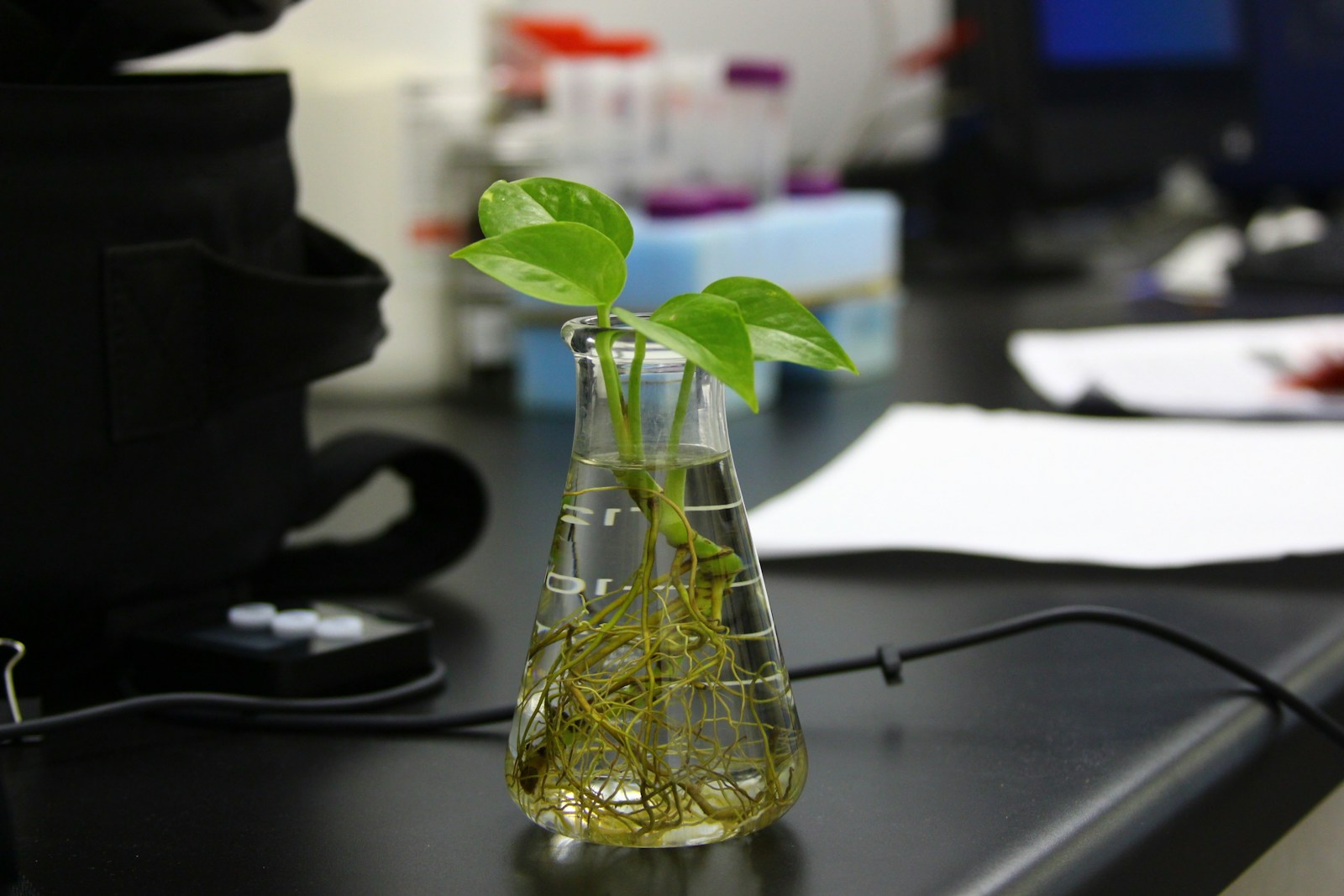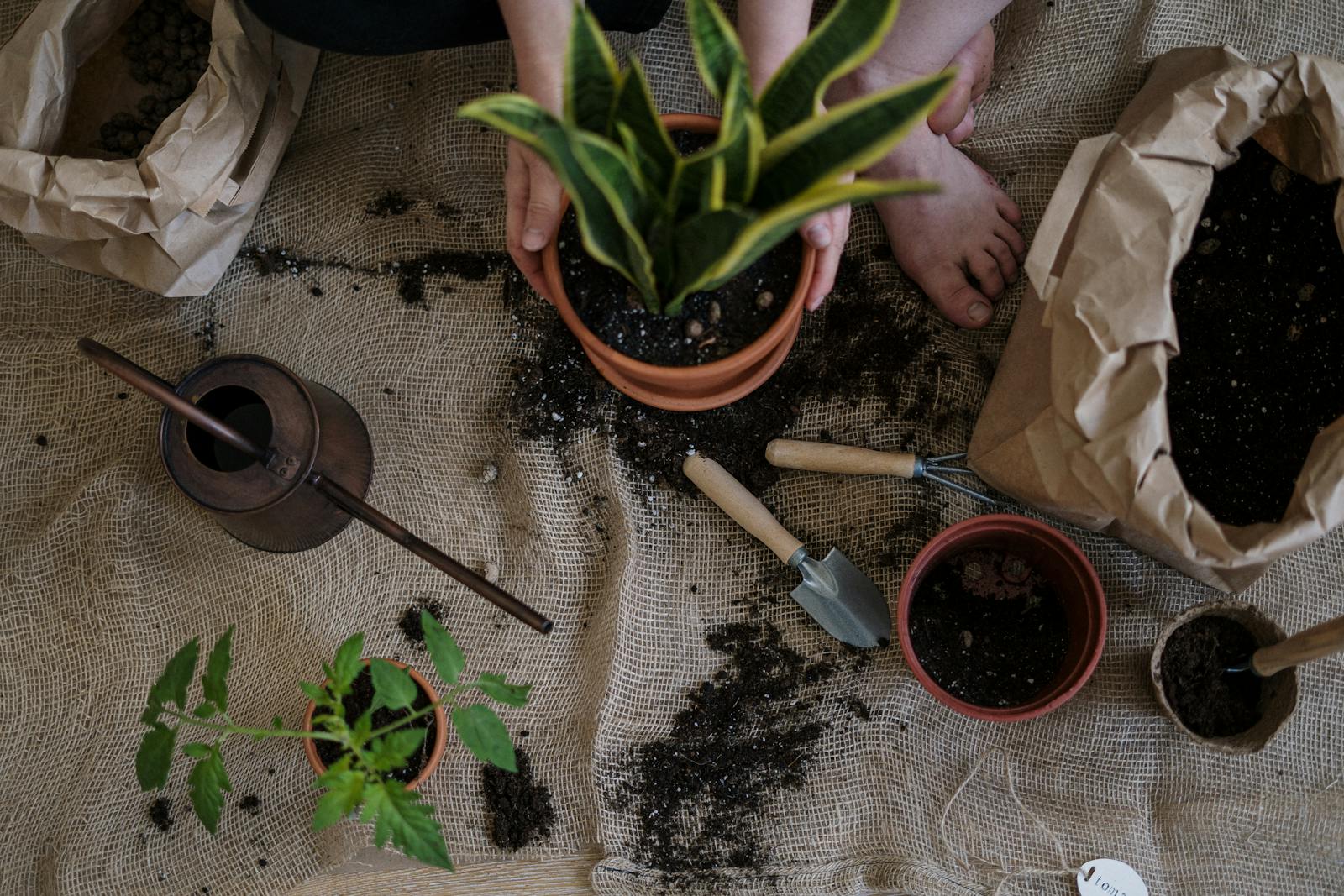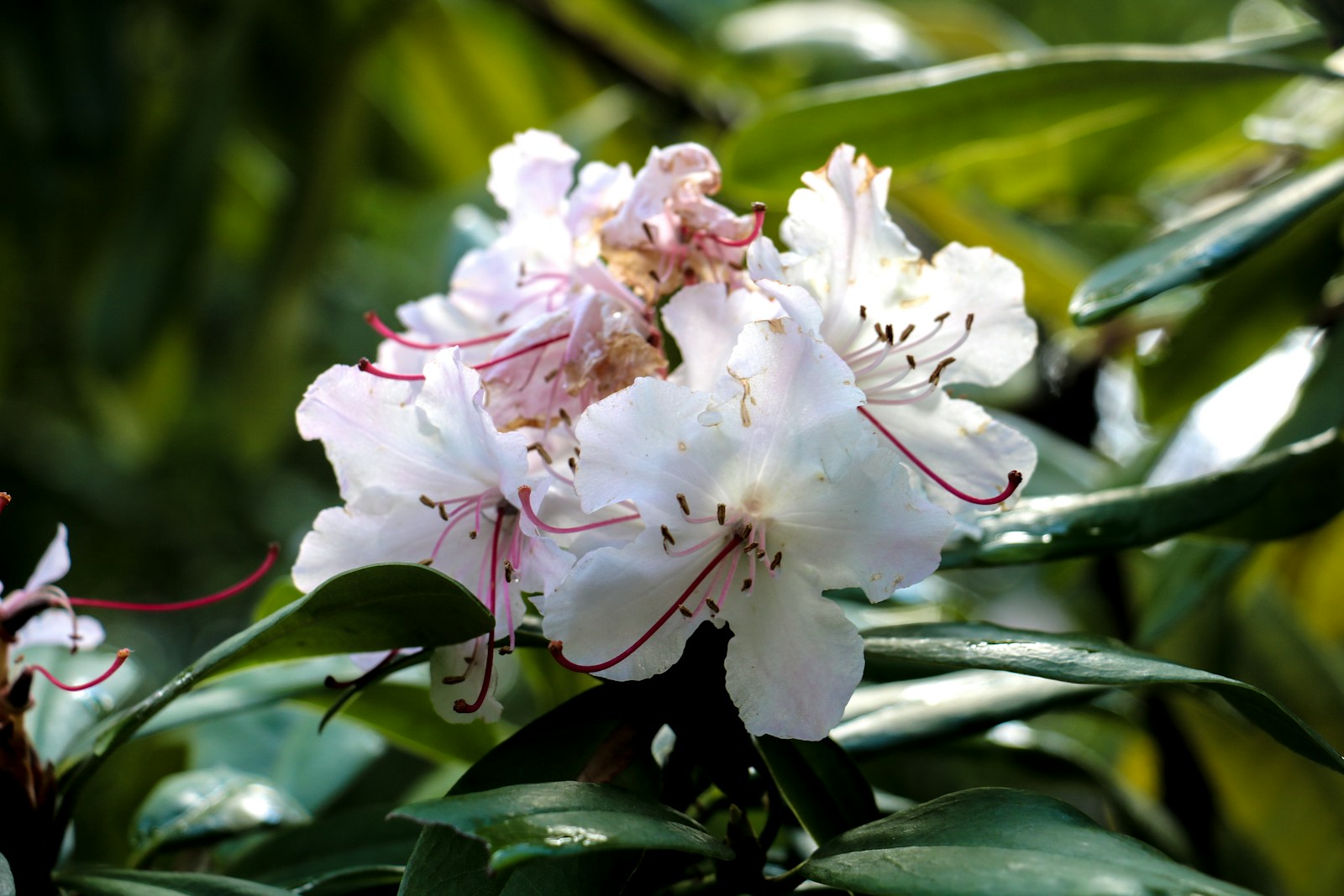Proper Watering Techniques for Different Plants
Understanding the Role of Water in Plant Health
Water is essential for transporting nutrients, maintaining cell structure, and enabling photosynthesis. However, more is not always better. Overwatering can be just as harmful as underwatering, leading to root rot, fungal diseases, and stunted growth.
Learning proper watering techniques ensures each plant gets what it needs—no more, no less. Factors like plant type, soil structure, and environment all affect how and when to water effectively.
Mastering this skill lays the foundation for healthy, thriving gardens in any setting.
Evaluating Soil Moisture Accurately
Before reaching for the hose, check your soil’s moisture. Stick your finger two inches into the soil near the base of your plant. If it feels dry at that depth, it’s time to water. For more precision, use a moisture meter to read below the surface.
Clay soils retain moisture longer than sandy ones, while raised beds and containers dry faster. Regular checks help avoid assumptions and keep watering aligned with actual need.
By evaluating the soil first, you water with purpose—not habit.
Watering Annuals and Perennials
Annuals have shallow roots and often require more frequent watering, especially during establishment or heat waves. Water deeply and regularly, aiming for the root zone rather than surface wetting.
Perennials, once established, develop deeper roots and prefer less frequent but deeper watering. This encourages resilience and reduces dependency on irrigation.
Mulching helps maintain soil moisture, reducing evaporation and easing your watering routine.
Tailoring Techniques for Edibles and Herbs
Vegetables and herbs have specific watering needs. Leafy greens like lettuce and spinach prefer consistently moist soil. Tomatoes and peppers benefit from deep, infrequent watering to promote strong roots and fruiting.
Herbs like rosemary and thyme prefer drier conditions, while basil thrives in steady moisture. Water early in the day to prevent leaf disease and allow excess moisture to evaporate naturally.
Group plants with similar needs together to simplify watering tasks and avoid under- or overwatering.
Proper Watering for Indoor Plants
Indoor plants are especially vulnerable to overwatering due to poor drainage and limited evaporation. Use pots with drainage holes and never let roots sit in water-filled saucers. Water only when the top inch of soil is dry, unless your plant prefers consistent moisture (e.g., ferns or peace lilies).
Use room-temperature water and pour slowly until excess drains out. Reduce watering frequency in winter when growth slows and humidity levels drop.
Matching watering to indoor conditions supports long-term plant health and prevents root rot.
Watering Shrubs and Trees Effectively
Unlike smaller plants, shrubs and trees need deep, infrequent watering to encourage deep root systems. Water slowly at the drip line—the area beneath the outer edges of the canopy—rather than near the trunk.
Use soaker hoses or drip irrigation to saturate the root zone. Allow the water to penetrate 6–12 inches deep. Young trees require weekly watering during their first year, while established trees may only need supplemental water during droughts.
Proper watering ensures trees anchor deeply and withstand stress better over time.
Adjusting Watering Based on Climate
Climate plays a major role in watering needs. In hot, dry areas, plants need more frequent watering, especially if grown in containers or sandy soils. In humid zones, soil retains moisture longer, reducing the need for frequent watering.
Rainfall also affects your watering schedule. Install a rain gauge to track precipitation and avoid unnecessary watering. Seasonal shifts—like summer heatwaves or winter dormancy—require adjustments to frequency and quantity.
Stay flexible and responsive to weather to avoid overwatering and promote resilience.
Best Practices for Watering Containers
Container plants dry out faster than garden beds. Use high-quality potting mix that retains moisture but drains well. Water when the top inch feels dry, and always water until it flows from the drainage holes.
In hot weather, daily watering may be needed. Group containers together to reduce evaporation and maintain humidity. Self-watering pots or saucers filled with pebbles and water can also help regulate moisture levels.
Regular monitoring ensures your container garden stays hydrated and vibrant.
Morning vs. Evening Watering
The best time to water is early morning when temperatures are cooler and winds are calmer. This allows moisture to reach roots before the sun causes evaporation. Morning watering also reduces the risk of fungal diseases caused by wet foliage overnight.
Evening watering is acceptable if mornings aren’t feasible, but try to avoid getting leaves wet. Avoid midday watering when heat causes rapid evaporation and water loss.
Timing plays a subtle yet crucial role in maximizing water efficiency and plant health.
Detecting Overwatering and Underwatering
Overwatered plants may show yellowing leaves, soft stems, and root rot. Underwatered plants typically wilt, dry at the tips, and drop leaves prematurely. Feel the soil and inspect roots to confirm the issue.
Correct either problem by adjusting your schedule, improving drainage, and using the right soil mix. Consistency and observation are key—most plants thrive with regular, moderate watering suited to their environment.
Catch these signs early to correct course and keep your plants thriving.
Customizing Watering for Plant Life Stages
Seedlings and young plants need gentle, consistent moisture to establish roots. Water lightly but frequently, ensuring the top inch stays moist. As plants mature, shift to deeper, less frequent watering to encourage root development.
Flowering and fruiting stages may require increased water, especially during hot spells. Reduce watering slightly during dormancy to prevent over-saturation when plant activity slows.
Tailoring water habits to life stage promotes healthy growth and supports the plant’s natural rhythm.
Improving Water Efficiency with Mulch
Mulch reduces evaporation, keeps soil cool, and helps maintain consistent moisture levels. Apply a 2–3 inch layer around the base of plants, keeping it a few inches away from stems or trunks.
Organic mulches like straw, wood chips, or compost gradually break down, enriching soil over time. In containers, use gravel or bark to reduce surface drying and insulate roots.
This simple step reduces the frequency of watering while supporting plant health and water conservation.
Automating Watering with Irrigation Systems
Drip irrigation and soaker hoses deliver water directly to the root zone, minimizing waste and reducing disease risk. Automated systems with timers ensure consistency even when you’re away.
Set watering times for early morning and adjust based on rainfall or seasonal needs. Group plants with similar water requirements on the same zones for efficiency.
Smart irrigation setups save time, conserve water, and help maintain a balanced, low-maintenance garden.
Watering During Heatwaves and Droughts
Extreme heat puts plants under stress. Increase watering frequency for sensitive species and mulch deeply to retain soil moisture. Avoid watering leaves during peak sun to prevent scorching.
Use shade cloth or temporary covers for young plants. Prioritize watering critical crops or new transplants and reduce watering for established, drought-tolerant varieties.
Proactive care keeps your garden resilient during climate extremes.
Building a Sustainable Watering Routine
Developing a consistent, responsive watering habit helps your plants thrive. Monitor soil, adjust for seasons, and choose tools that match your garden’s layout. Avoid rigid schedules and instead respond to conditions.
Record your practices in a garden journal or use reminders to track adjustments. By tailoring watering to plant needs and environment, you reduce waste and support stronger, more productive growth.
Smart watering is the backbone of healthy, sustainable gardening.
Frequently Asked Questions
How often should I water my plants?
It depends on the plant type, soil, and climate. In general, water when the top 1–2 inches of soil are dry. Containers may need daily watering; garden beds less frequently but more deeply.
Is it better to water in the morning or evening?
Morning is best, as it allows moisture to reach roots while reducing disease risk. Evening is acceptable if mornings aren’t possible—just avoid wetting leaves.
How can I prevent overwatering?
Check soil before watering, use pots with drainage, and observe plant behavior. Yellow leaves and soggy soil often indicate too much water.
What’s the best way to water potted plants?
Water slowly until it drains from the bottom. Use moisture-retentive potting mix and check daily in hot weather. Consider self-watering containers for added control.
Should I change watering habits in winter?
Yes. Most plants need less water when dormant. Allow soil to dry more between waterings, especially for indoor or perennial plants not actively growing.
© 2025 GardeningandDecor.com. All rights reserved.



